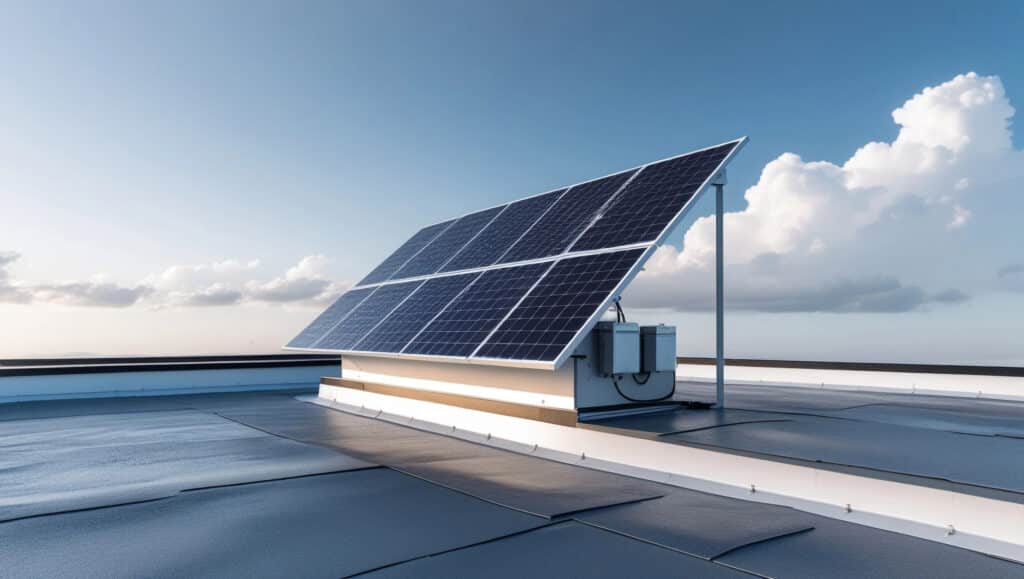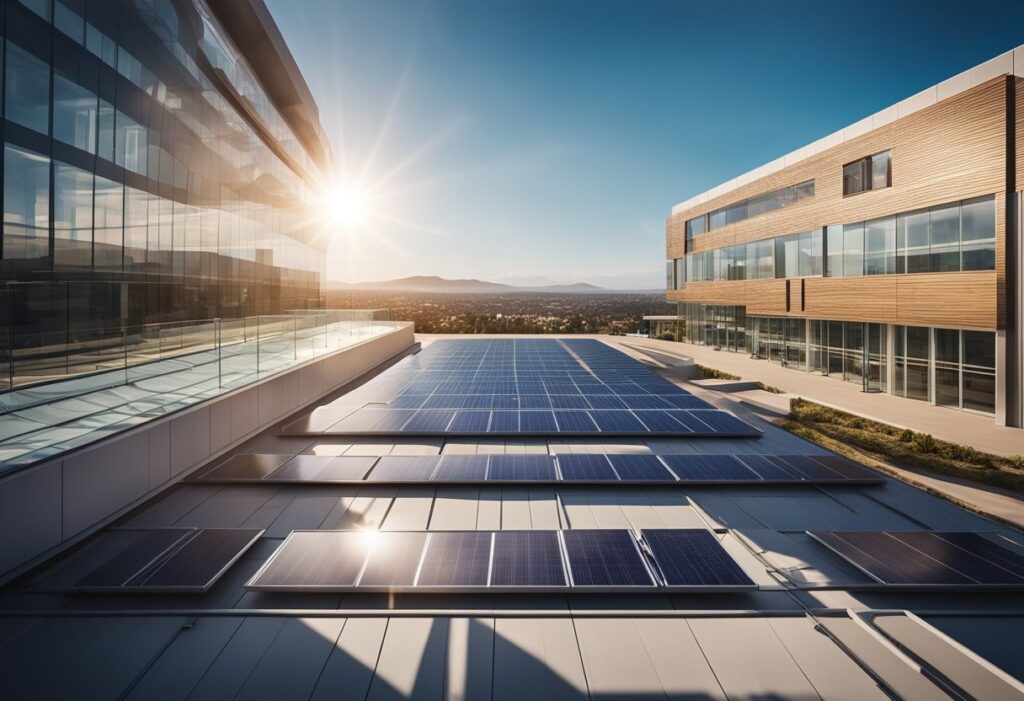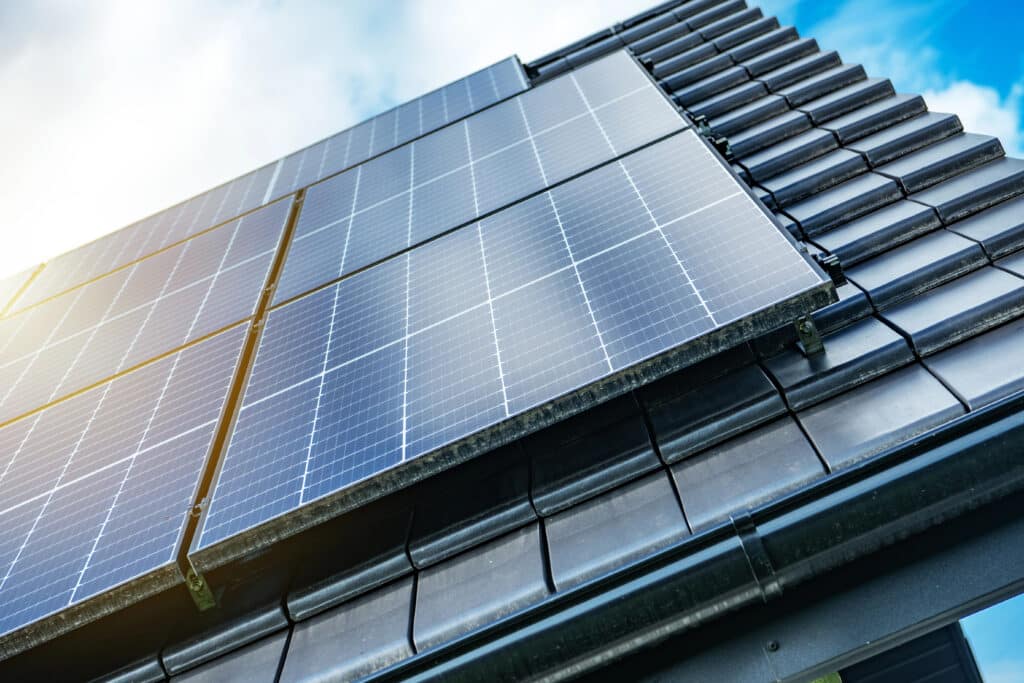
The integration of solar technology into modern architecture is transforming how buildings are designed and built. With a growing emphasis on sustainability, architects are increasingly incorporating solar panels and other renewable energy solutions into their projects. This blend not only enhances energy efficiency but also aligns architectural aesthetics with environmental responsibility, making it a vital trend in contemporary design.
Leading brands in solar technology are partnering with architects to create innovative solutions that elevate both function and form. They focus on seamless integration, ensuring that solar features complement building visuals while providing energy independence.
The Evolution of Solar Technology in Architecture
Solar technology has transformed architectural practices, moving from rudimentary designs to advanced integrations.

Historical Perspectives
The concept of utilizing solar energy dates back to ancient civilizations, where structures were oriented to capture sunlight. By the 20th century, significant advancements emerged, such as the development of photovoltaic cells in the 1950s.
The first solar panels were primarily used for remote power applications. In the 1970s, following the oil crisis, interest surged in solar technology. This led to increased research and integration into residential and commercial buildings.
Significant early projects included the U.S. Department of Energy’s Solar One facility, which showcased solar thermal energy. Metro Express Solar, LLC in Dallas represents this heritage, adapting and enhancing solar installations in modern architecture.
Contemporary Solar Innovations
Today, solar technology has become more sophisticated and integral to modern design. Innovations in photovoltaic materials, such as thin-film and bifacial solar panels, enable greater energy efficiency and flexibility in integration.
Architects increasingly incorporate solar power solutions into building aesthetics. Building-integrated photovoltaics (BIPV) serve as structural elements, like windows or facades, transforming energy production while maintaining design elegance.
Additionally, advancements in smart technology enable buildings to optimize energy usage. Through systems that monitor and adjust solar energy capture, energy consumption becomes more efficient.
The collaboration between architects and energy firms like Metro Express Solar fosters new designs that prioritize sustainability and performance, ensuring the continuous evolution of solar technology in architectural practices.
Solar Technology Integration Strategies

Integrating solar technology in architecture involves thoughtful strategies that ensure functionality while enhancing aesthetics. Key considerations include the installation of solar panels and their harmonization with building designs, along with the planning of urban environments to accommodate solar energy systems effectively.
Solar Panels and Building Aesthetics
The integration of solar panels significantly impacts architectural aesthetics. Modern designs often incorporate solar panels as design features rather than merely functional components.
Metro Express Solar, LLC – solar panels Dallas, specializes in providing solar panels in Dallas that complement various architectural styles. Options like solar shingles and sleek, low-profile panels allow for a tailored approach that aligns with the overall design vision.
Key strategies include:
- Color Matching: Panels can be designed to blend with the building’s exterior.
- Innovative Shapes: Curved or uniquely shaped panels contribute to dynamic designs.
- Placement: Strategically positioning panels reduces visibility while maintaining efficiency.
These strategies ensure solar installations enhance rather than detract from architectural beauty.
Solar Energy and Urban Design
Urban design increasingly incorporates solar energy systems to maximize efficiency and sustainability. Cities can optimize land use by integrating solar technology into public spaces and infrastructure.
Elements to consider include:
- Solar Canopies: Providing shade and energy generation in parking lots.
- Solar-Powered Street Lights: Using renewable energy to illuminate public areas.
- Building Orientation: Positioning structures for optimal sun exposure increases energy capture.
Collaboration with companies like Metro Express Solar, LLC can streamline the integration process. Smart urban planning ensures that solar energy systems are part of a cohesive design, promoting a greener, more sustainable urban landscape.
Regulatory and Policy Frameworks
Regulatory and policy frameworks play a crucial role in facilitating the integration of solar technology into architectural designs. These frameworks often include incentives for adopting sustainable practices and specific building codes that ensure compliance with solar energy standards.

Incentives for Sustainable Design
Governments offer various incentives to promote the adoption of solar technology in modern architecture. These can include tax credits, rebates, grants, and low-interest loans.
For example:
- Investment Tax Credit (ITC): Offers a percentage of the solar installation cost as a tax credit.
- State-Level Incentives: Many states provide additional financial benefits tailored for solar adoption.
Furthermore, some regions have established Renewable Portfolio Standards (RPS), mandating a certain percentage of energy to come from renewable sources. These incentives encourage architects and developers to incorporate solar technology, making projects more financially viable.
Building Codes and Solar Compliance
Building codes are essential for ensuring that solar installations meet safety and performance standards. These codes vary by region but generally include requirements for system performance, structural integrity, and integration with electrical systems.
Key considerations often include:
- Setback Requirements: Guidelines on how far solar panels must be from property lines.
- Weight Load Specifications: Ensuring roofs can support the additional weight of solar equipment.
Compliance with energy efficiency standards is also critical. Net Zero Energy (NZE) building codes are gaining traction, pushing for designs that produce as much energy as they consume, further encouraging solar integration. These regulations ensure that solar technologies are implemented effectively and safely in architectural designs.
The Future of Solar Technology in Architecture
Advancements in solar technology are transforming architectural practices. Innovations in photovoltaic materials are leading to more efficient and aesthetically pleasing solar panels, which can easily integrate into building designs.
Key Trends:
- Building-Integrated Photovoltaics (BIPV): These systems allow solar energy collection within building materials, reducing the need for separate solar installations.
- Transparent Solar Panels: New developments in transparent solar technology can turn windows into energy-generating surfaces, maximizing building envelope efficiency.
- Smart Solar Systems: Integration of IoT solutions allows for real-time monitoring of energy consumption and production, enhancing overall energy management.
Benefits:
- Sustainability: Reduces reliance on non-renewable energy sources, contributing to sustainable architecture.
- Cost Savings: Lower energy bills and potential government incentives make solar technology a financially viable option.
- Aesthetic Appeal: With customizable designs, solar installations can enhance the architectural beauty of buildings.
With continuous research and development, the integration of solar technology in architecture promises greater efficiency and style, ultimately shaping a more sustainable built environment for future generations.
- 4shares
- Facebook0
- Pinterest4
- Twitter0



